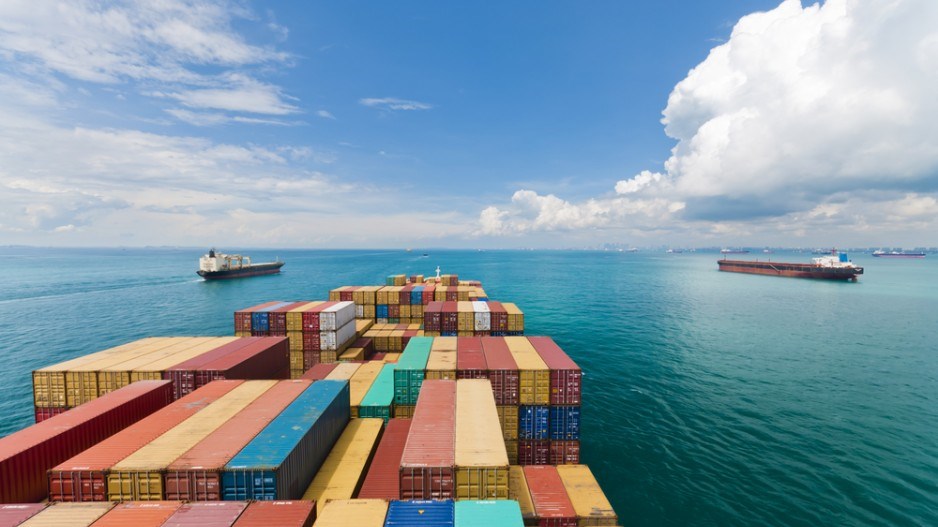Many issues in motion this week; some stalled, some accelerating.
On land:
Depressed crude oil prices are doing more than undermine global investment in oilsands initiatives and optimism in Canada’s economic outlook, they’re stalling car company shifts to hybrid models.
According to an Associated Press report, low gasoline prices, sluggish sales and the dearth of natural gas refuelling stations have convinced Honda to park the gas-electric hybrid and natural gas-powered Civic models.
The plug-in rechargeable Accord will also be on the list of discontinued Honda greenmobiles.
However, media reports also had other carmakers, including Renault, upbeat over electric car futures as battery technology improvements continue to ease driver fears of mileage limitations between battery charges.
And even if consumers don’t embrace electric vehicles with the zeal some carmakers are banking on, idled vehicle batteries might have another use – one that’s critical to shifting more of the power grid from fossil fuels to renewables: energy storage.
General Motors sees old Chevy Volt batteries as a viable backup power source for buildings and homes. So confident in its repurposed Voltage initiative is the auto behemoth that it’s using Volt batteries to store solar and wind energy for its Michigan data centre.
On sea:
Where container cargo rates are sinking fast as deep-water global goods movement competition – a cutthroat trade at the best of times – gets nastier.
American Shipper Magazine reported that spot rates on Shanghai-to-northwest Europe routes were down US$41 to US$243 per TEU (20-foot-equivalent unit), hitting record lows, and down US$106 to US$1,341 per FEU (40-foot-equivalent unit) on West Coast North America routes. Break-even rates on the Asia-to-Europe route are around US$800 per TEU.
The latest skirmish in the rate war springs in part from economic slowdowns in China and Asian and overcapacity in the containership sector, whose main combatants, according to global shipping publication Alphaliner, have increased orders for new containerships 60% thus far in 2015 compared with the same period last year.
Meanwhile, additional routes for all that containership capacity could come in the form of an ambitious and some might argue eccentric plan to build a US$50 billion canal through Nicaragua.
The visionary at the helm of the monumentally complex and expensive project: billionaire telecom tycoon Wang Jing.
Questions abound over the project’s commercial viability, especially in light of the Panama Canal’s recently completed expansion, which opens it up to the new global fleet of mega-container ships and other vessels, and the enlarged Suez Canal, which is set to open August 6.
But, considering that the canal could be the conduit for other development in the region and provide China with a significant beachhead in and through Central America, those questions might merely be the nit-picking quibbles of small-minded naysayers.
In air:
Where B.C. is building its own beachhead in China – this one via the air.
The week kicked off with news of Viking Air’s planned sale over the next decade and a half of 400 Twin Otter Series seaplanes in China, a deal the Vancouver Island company estimated will be worth around $3.5 billion.
It continued with Harbour Air’s announced strategic partnership with China’s Zongshen Industrial Group to export its seaplane commuter service and expertise to major cities in the Asian economic superpower.
Further evidence that B.C. has far more to export to the Far East than natural gas, coal and lumber.




